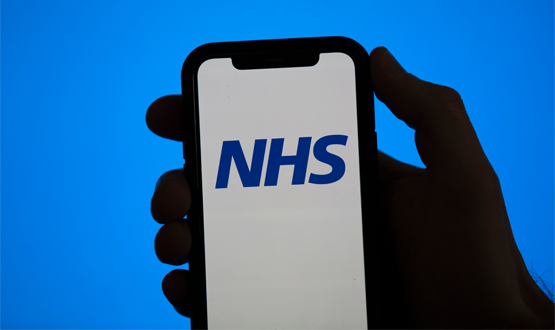Delivering virtual wards described as the ‘right thing to do’

Delivering the 5,000 virtual wards or so in place were described as “the right thing to do” by one NHS consultant community geriatrician.
On the second day of NHS ConfedExpo 2022, the audience were treated to a session on virtual wards as panelists gave their top tips and advice for delivering them.
The session, titled ‘Delivering virtual wards: top tips for success’, was chaired by Stephanie Sommerville, director of community transformation at NHS England and NHS Improvement.
She begun her talk by stressing that “it’s possible to do things differently” and that with around 5,000 virtual wards already in operation around the country and present in every integrated care system (ICS), it is an exciting time.
“This is a two-year transformational programme and what’s really great to see is the collaboration. It’s super exciting what we’re able to do,” she said.
Her main piece of advice for those listening in was to “start small, create your metrics, put in your quality improvement plan and build from there”.
Also sharing her top tips for delivering virtual wards was Dr Shelagh O’Riordan, consultant community geriatrician at Kent Community Health NHS Foundation Trust and professional advisor to the discharge and community services team at NHS England and NHS Improvement.
She said: “Virtual wards give us the power to do what we want during what is a scary time for patients.”
Her top tip for those wanting to implement virtual wards was to learn as you go along, do not go in too big and talk to others that have done it so that you can learn from their mistakes.
“It really is the most fun job I’ve ever done. I feel for the very first time that this is the right thing to do,” she added.
O’Riordan referenced a recent visit to a patient’s home and highlighted how she enjoyed hanging a drip on a lampshade and resting her blood pressure machine on a piano, making use of these objects to provide the care that the patient needed and proving that a hospital setting is not always required.
Virtual wards are becoming more and more prominent across the country, even after the height of the pandemic. Last month, it was announced that virtual wards for heart surgery patients will be rolled out across London.
NHS Digital’s Covid-19 response
Later on in the Digital and data transformation zone, members of NHS Digital and NHS England talked about responding to the pandemic outbreak in a session titled ‘Citizen Tech’s role in responding to Covid-19’.
Led by the head of design at NHS Digital, Tero Vaananen, the audience were given an insight into the challenges faced when Covid first struck in 2020. Pip Hodgson, head of national digital products at NHS England and NHS Improvement, believed it was difficult because it was unprecedented.
“At the start of the pandemic it was fear of the unknown. We didn’t have any policy for this,” she said.
NHS.uk was experiencing 70 million hits a day but even though we are no longer living in the storm of a pandemic, the number of daily hits on the website has risen to around 100 million. The NHS app has also been through a transformative phase in the last few years, and was key to the Covid response, as Susie Day emphasised.
The delivery director for the NHS app at NHS Digital said: “There’s a lot of power in enabling people to use digital where they can.”
She also described the “high pressure time” of integrating the Covid pass into the app, a vital tool that allowed the country to gradually return to pre-pandemic life.
Phil Nixon, director for citizen health technology at NHS Digital was also part of the panel and how spoke about how they “all of a sudden turned into 24/7 services with a new user community”.
The NHS app celebrated turning three years old with 22million users in January and is still improving lives everyday. In April, analysis by NHS Digital found that the app is saving an average of 22,000 car journeys to GP practices every month.




